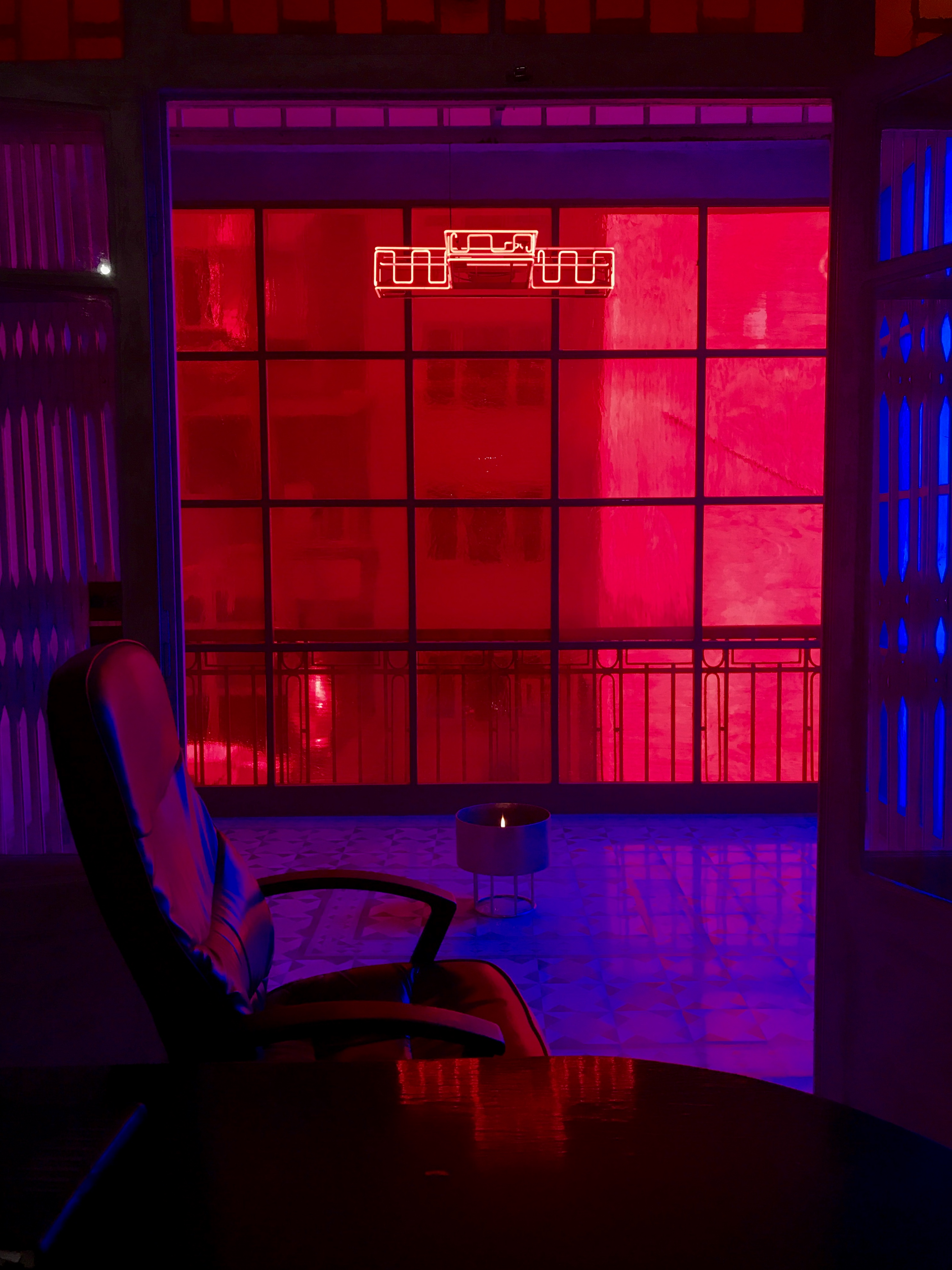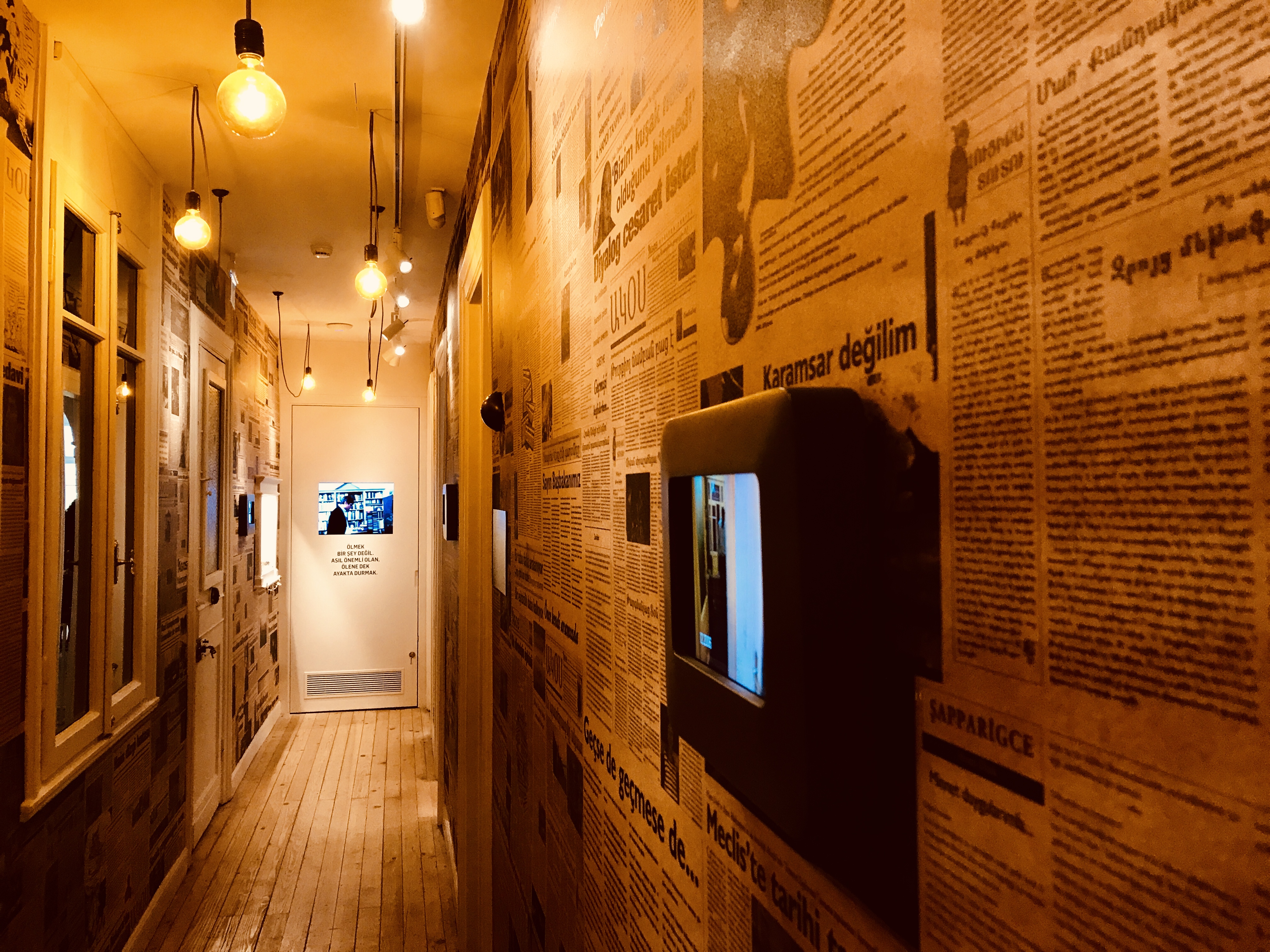
“I have a special affection for 23 Aprils. This date is also the day my wife and I got married. Our nuptial night took place on the night between 23 April and 24 April. This was the time we gave life into our first child. Neither 23 nor 24 April. Perhaps that moment is 23.5 April.” – Hrant Dink “23.5 April”
Hrant Dink wrote these words in an article published in Agos on April 23, 1996.
Over the course of a 52-year life that was tragically cut short by his assassination, the number 23 seems to be the fateful double digits that symbolically bind the ties of his life’s work and legacy. Did he know that 23 years after publishing this article, in 2019, the symbolism of what he coined, 23.5 would become the testament and testimony of his life’s work and destiny?
In the wake of January 19, 2007, that dark and infamous day when he was murdered in front of Agos, the Hrant Dink Foundation has worked tirelessly to commemorate his life’s work by creating public platforms to address human, civil and minority rights in Turkey, oral history publications and conferences dedicated to a plethora of subjects heretofore deemed taboo in Turkey.
If the saying is true that one rose does not bring spring, these past two Aprils surely did for Armenians in Armenia last year in 2018, and this year in Istanbul in 2019.
This site is a place of engagement and a sincere looking glass into what it means to take up the pen and struggle for social transformation and awakening by confronting grave social and political injustices.
On April 23, 2018, the people of Armenia led by Nikol Pashinyan declared victory when the former Prime Minister Serzh Sargsyan publicly resigned after a grassroots revolution led by Pashinyan changed the entire socio-political course of Armenia through peaceful demonstrations and mass acts of civil disobedience that resonated around the world.
Exactly one year later, on April 23, 2019, the Hrant Dink Foundation unveiled the “23.5 Hrant Dink Site of Memory” at the Agos headquarters where Hrant cemented his legacy and was tragically murdered. April 23 is also the day of Hrant and Rakel’s anniversary.
Both of these momentous days, one year apart, speak poetically to the fusion of social change and public awareness not just between Yerevan and Istanbul, but for the Armenian experience at large, and its relationship to the global fresco of social and human rights game changers. This is what Hrant struggled for throughout his life. This past year has been nothing if not the year of dreamers and underdogs.
Hrant Dink’s Site of Memory is a truly unique and visionary project long in the works by the Hrant Dink Foundation. Its vision is to create a public space where all human beings are welcome to experience and share in the story of Hrant’s life and legacy. The creation of this space is also to nurture meaningful dialogue, research and to provoke critical questions concerning the state of human rights and social transformation in Turkey. This is achieved by visually inventive and emotionally gripping installations that highlight the life and times, trials and tribulations of Hrant.
As you enter the doors into the Site of Memory, the publications of the Foundation greet the visitor. The books are a cornucopia of themes relating to human rights in Turkey, oral histories and reports from the foundation on their projects.
Just past the reception desk is a common space for workshops and research. Ten-plus years of Agos (1996-2007) are exquisitely housed in a touchscreen archive open to visitors and researchers.

Several photos of Hrant’s childhood and youth, including personal documents and narrative touchstones, greet the visitor as they move from the event space into the corridor leading to his office. Wallpapered from floor-to-ceiling is a cinematic blend of front-page articles from the vast archives of Agos. Each article is carefully placed to create a fusion of aesthetic and narrative resonance. The visual and emotional effect is particularly arresting upon first entrance.
The Tirttava is a room highlighting the discrimination Hrant faced during his mandatory military service. The dual purpose of this room is for the visitor to become familiar with Hrant’s narrative as well as share their own experiences of discrimination.
Moving down the corridor, a haunting and extremely narrow, closet-like space has been converted into the Toilet Choir, an installation that evokes the grim and dark chapter after the 1980 military coup when Hrant was arrested, enduring psychological and physical torture.
Further down the corridor close to Hrant’s old office is the Dovelike Disquiet Room and the Agos Room, dedicated to the history and archives of Agos replete with prescient political cartoons drawn on the walls by Hrant’s colleagues on the day of the opening.
Across the Agos archives is the Dovelike Disquiet Room, another haunting display of the hate campaign against Hrant starting in 2004. The chronology is laid out with narrative precision, blending video and reportage.
Towards the end of the Site of Memory is the Atlantis Civilization Room, dedicated to Hrant’s childhood in the fabled Camp Armen in Tuzla where he met his wife, Rakel. One of the most emotional heirlooms in the room is a shovel that Hrant used to work the land.
The word Agos in Armenian means “furrow” or “plow.” For millennia, our ancestors tilled the earth of Western Armenia, paving the soil with fresh crops to nourish and nurture. With Agos, Hrant used his pen and voice like the fabled shovel to sprout new seeds of ideas and to nurture dialogue and openness in a society deeply intolerant of minority rights and civil liberties.
The last stop on the Site of Memory tour is Hrant’s office. A copy of Arshile Gorky’s famous portrait with his mother welcomes visitors along with the yellows and reds of Martiros Saryan’s pastoral images. One can imagine Hrant staring into these images after a long day’s work, drifting on the rustic and the ancient spirits that tied him so deeply to his ancestral land. A video of one of his last interviews and reflections airs on a screen, capturing his meditative speech underscored by the dark weight of intolerance and death threats that he endured during the last year of his life, as well as memories of the kindness of strangers who understood his struggle.
Staring at the chair and table, an indescribable sense of loss pounds into that strange place of one’s conscience where the magnitude of the irreparable loss is somehow slightly alleviated by the resolution that his life’s work has been magnificently memorialized as a testament to humanity. The final installation behind Hrant’s desk is Salt and Light, created by the world-renowned artist Sarkis as a space to contemplate and reflect on Hrant’s life and legacy. A red neon mini replica of Camp Armen hangs in the center of the room, the past hovering forever with the present bound for the future.
It is upon us to continue taking up the quill, the microphone, the loudspeaker and the camera as our shovels to plow through a new day with the resolute dignity, bravery and hunger for a better tomorrow.
Circling the Site of Memory over the course of the day, a sense of something ineffable hovered in my soul. In optics, nature and poetry, the massive vacuum of darkness breaks from thin slivers of light that bring the dawn that becomes the day, fading back into twilight. We are stuck in this cosmic cycle of life unto death, violence unto peace, endings and rebirths. All of this remains unchanged from the newborns of tomorrow born to descendants of genocides past, to the nameless and the faceless buried by the cruel pages of our history. They have seeded in us the devotion to fight in the name of justice, truth and peace that the indigenous minorities of this region have long been denied by a denialist state.
Instilling respect for dialogue about the public memory and collective conscience of any society grappling with racism, bigotry and human rights abuses is a massive, thankless and life-altering task. Hrant Dink was a soul for all seasons who gave his all to this quest. It is upon us to continue taking up the quill, the microphone, the loudspeaker and the camera as our shovels to plow through a new day with the resolute dignity, bravery and hunger for a better tomorrow.
The work of the Hrant Dink Foundation in envisioning and realizing the Site of Memory is truly momentous and intimately monumental in its creation of a public space where people come together to experience and share in the legacy of Hrant’s life, work and struggle to bring truly tangible change and awareness in Turkey’s long and dark history of human, civil and minority rights abuses.
This site is a place of engagement and a sincere looking glass into what it means to take up the pen and struggle for social transformation and awakening by confronting grave social and political injustices. The site is the grain of hope in this vast sea of intolerance in Turkey, holding court after the attempted coup in 2016 as the world’s leading jailer of journalists.
We will continue to walk these halls and reflect on the events of the past few years, especially now when so many of our beloved friends, colleagues, journalists, academics and human rights activists are being unjustly imprisoned to this very day.
Is it irony, destiny or coincidence that the Site of Memory is housed in the Sebat building? The meaning of Sebat in Turkish is a confluence of “determination, perseverance and standing by one’s word and decision.” All interpretations are welcome.
The last serendipity of the number 23 in Hrant’s life is Psalm 23 that he recited daily. You know the one…
Even though I walk
through the darkest valley,
I will fear no evil,
for you are with me…


Be the first to comment